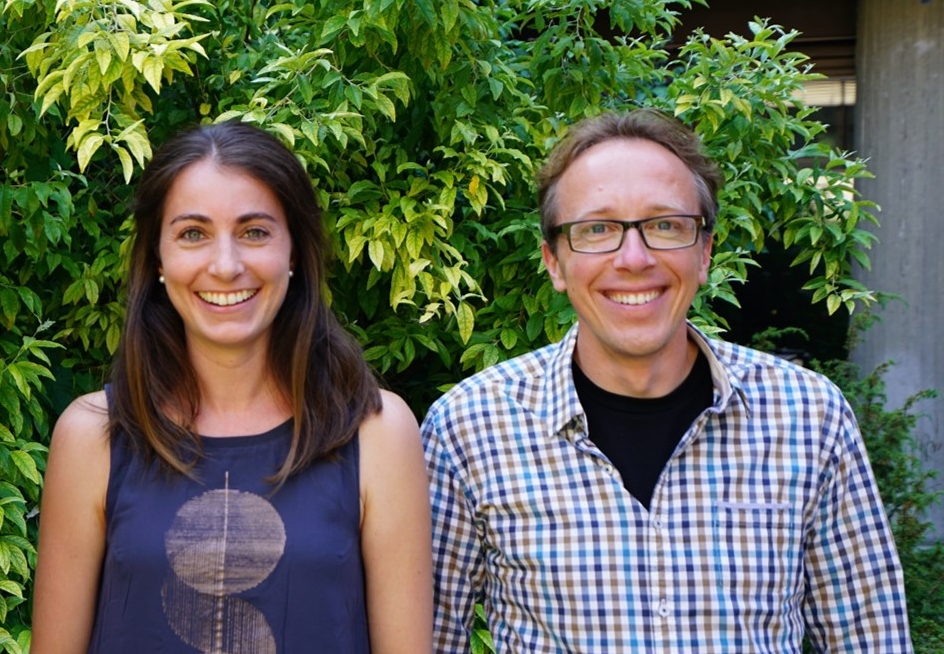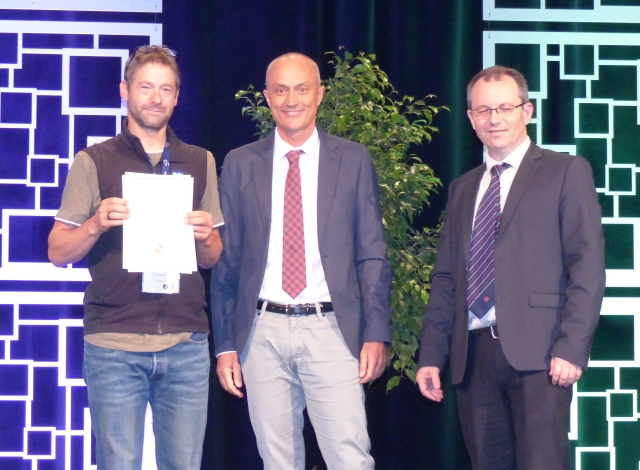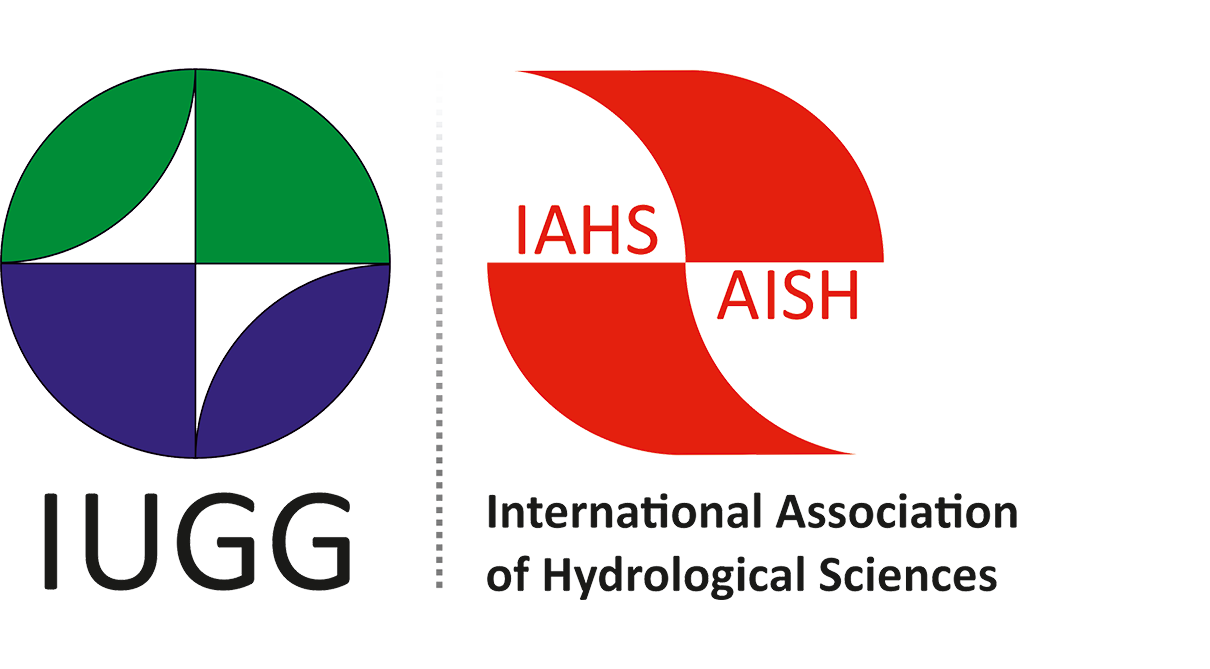The 2019 Tison Award goes to Sandra Pool (Switzerland) and Marc Vis (The Netherlands) for the paper:
Sandra Pool, Marc Vis & Jan Seibert (2018) Evaluating model performance: towards a non-parametric variant of the Kling-Gupta efficiency, Hydrological Sciences Journal,
63:13-14, 1941-1953, DOI: 10.1080/02626667.2018.1552002
Citation from Attilio Castellarin, Editor-in-Chief of Hydrological Sciences Journal on behalf of the Jury of the 2019 Tison Award.

The Tison Award for the year 2019 goes to Dr. Sandra Pool (University of Zurich, Switzerland at the time of publication, currently EAWAG, Switzerland) and Marc Vis (University of Zurich, Switzerland), for the paper “EVALUATING MODEL PERFORMANCE: TOWARDS A NON-PARAMETRIC VARIANT OF THE KLING-GUPTA EFFICIENCY” published in Hydrological Sciences Journal in 2018. The paper was co-authored by Professor Jan Seibert (University of Zurich, Switzerland) who is not eligible for the Tison Award, age-wise.
This paper introduces a non-parametric measure for evaluating hydrologic model performance. This metric is shown to be a potential improvement to the more common and widely-used metrics of model performance, by overcoming some of their most limiting assumptions - data linearity, data normality, and the absence of outliers. For this reason, the jury members believe the paper has the potential to make a substantial and broad contribution to hydrologic sciences, as the evaluation of model performance is nearly ubiquitous in the various sub-disciplines of hydrology.
Although there was a strong competition among the 12 nominated papers in the 2019 Tison Award process, the awarded paper was clearly the winner with strong support from several jury members.
Congratulating the authors, I wish for Dr. Pool and Vis further scientific successes and hope that the Tison Award received from the International Association of Hydrological Sciences will serve as a springboard in their scientific career to achieve new heights.
Response from Marc Vis and Sandra Pool
We were happily surprised and excited when we received the news that this year’s Tison Award had been awarded to us. We appreciate being nominated and thank the Award Committee for selecting our publication for this prestigious award. It is an honour and certainly a privilege to know that work on model calibration criteria is considered a valuable contribution to hydrological sciences.
The publication is part of the PhD thesis of the first author (SP) and developed out of the practical challenge to calibrate the HBV-light model for more than 600 catchments in the US with highly diverse hydroclimatic conditions and catchment characteristics. Knowing that the choice of a calibration criterion would strongly affect our simulations and the ability to compare results across catchments, we started a discussion about the value of existing model calibration criteria, which led to the decision to start playing around with various options ourselves. As you might guess, the outcome of this exercise was the (partly) non-parametric variant of the Kling-Gupta efficiency. The proposed efficiency criterion can be seen as an attempt to combine the two currently prevailing methods of multi-criteria and signature-based model evaluation and move them towards an evaluation with more realistic statistical assumptions about the nature of input variables.
The Tison award is given to researchers under 41 years. As pointed out above, our third co-author Jan Seibert was not eligible (although we tried to convince the jury that on average we would all still fulfil the age requirement ;)). It is said, however, that wisdom comes with age, and this publication would not have existed without his experience and extensive knowledge. We would therefore like to take the opportunity to thank Jan for sharing his curiosity and scientific creativity with us during the years that we worked together. Our discussions were always inspiring and motivated us to trying out new ideas. We are looking forward for many more years with fruitful discussions.
We hope that our publication stimulates discussion about the use and usefulness of efficiency criteria, as well as further development and improvement of model evaluation methods. The discussion about efficiency criteria is not only a discussion on how to estimate model parameters, it is also a discussion on ways to test the realism of our models and to improve the robustness of model predictions in a constantly changing world.
Sandra and Marc

Left to right: Tobias Jonas (on behalf of the authors), Attilio Castellarin (Editor-in-Chief HSJ), Christophe Cudennec (Secretary General IAHS)
